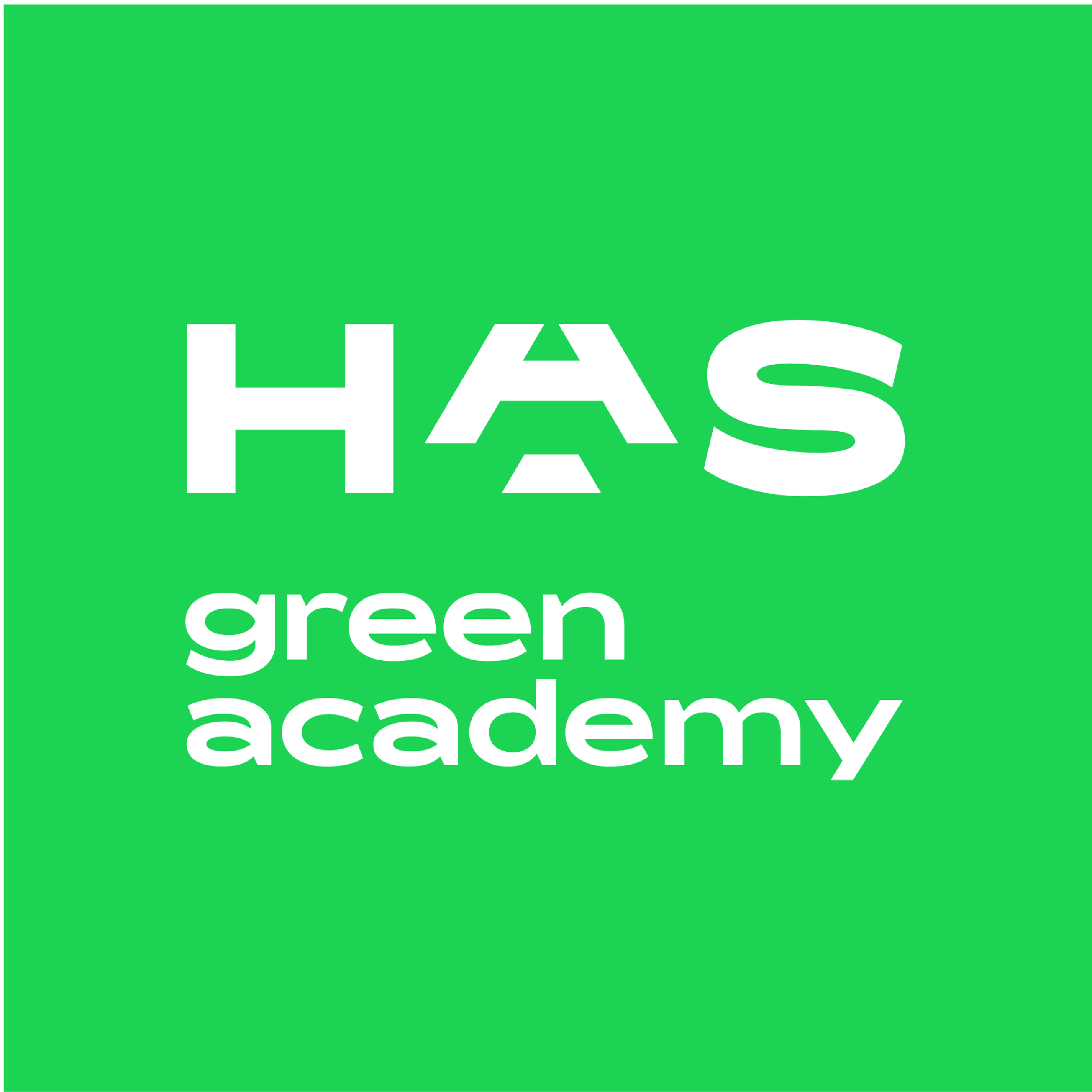BACKGROUND & AIMS: Although up-to-date definitions for nutrition assessment integrate behavioural components, it is not clear what behavioural components are to be assessed. Since behavioural modification is linked to effective therapeutic dietetic interventions, assessing behaviour and factors influencing behaviour might be beneficial to improve personalized dietetic outcome. The aim of the following report is to emphasize the role of behavioural components and factors affecting behaviour at baseline nutrition assessment in personalized dietetic intervention.METHODS: The present work is part of the EU-funded project IMPECD ("Improvement of Education and Competences in Dietetics", www.impecd.eu). The project aims to improve the clarity and consistency of national dietetic process models to unify education and training of future dietitians. Experts from five European Universities of Applied Sciences (UAS) in Antwerp (BE), Fulda (DE), Groningen (NL), Neubrandenburg (DE) and St. Pölten (AT) developed a Massive Open Online Course (MOOC) consisting of several clinical cases. It warranted a detailed evaluation of all dietetic care process steps, starting with nutrition assessment.RESULTS: Results for motivation assessed during nutrition assessment are not consistently positively associated with outcome and the added value of assessing them at baseline is still unclear. However, depressive symptoms, emotional distress, and anxiety negatively affect eating and physical activity and therefore limit the efficacy of the dietetic intervention. Assessing behavioural components including nutrition literacy is an important precondition for influence on behavioural modification.CONCLUSION: Indisputably, baseline assessment of behavioural components and factors influencing behaviour are important to increase the therapeutic efficacy of personalized dietetic interventions.
DOCUMENT
Background: Follow‑up of curatively treated primary breast cancer patients consists of surveillance and aftercare and is currently mostly the same for all patients. A more personalized approach, based on patients’ individual risk of recurrence and personal needs and preferences, may reduce patient burden and reduce (healthcare) costs. The NABOR study will examine the (cost‑)effectiveness of personalized surveillance (PSP) and personalized aftercare plans (PAP) on patient‑reported cancer worry, self‑rated and overall quality of life and (cost‑)effectiveness. Methods: A prospective multicenter multiple interrupted time series (MITs) design is being used. In this design, 10 participating hospitals will be observed for a period of eighteen months, while they ‑stepwise‑ will transit from care as usual to PSPs and PAPs. The PSP contains decisions on the surveillance trajectory based on individual risks and needs, assessed with the ‘Breast Cancer Surveillance Decision Aid’ including the INFLUENCE prediction tool. The PAP contains decisions on the aftercare trajectory based on individual needs and preferences and available care resources, which decision‑making is supported by a patient decision aid. Patients are non‑metastasized female primary breast cancer patients (N= 1040) who are curatively treated and start follow‑up care. Patient reported outcomes will be measured at five points in time during two years of follow‑up care (starting about one year after treatment and every six months thereafter). In addition, data on diagnostics and hospital visits from patients’ Electronical Health Records (EHR) will be gathered. Primary outcomes are patient‑reported cancer worry (Cancer Worry Scale) and over‑all quality of life (as assessed with EQ‑VAS score). Secondary outcomes include health care costs and resource use, health‑related quality of life (as measured with EQ5D‑5L/SF‑12/EORTC‑QLQ‑C30), risk perception, shared decision‑making, patient satisfaction, societal participation, and cost‑effectiveness. Next, the uptake and appreciation of personalized plans and patients’ experiences of their decision‑making process will be evaluated. Discussion: This study will contribute to insight in the (cost‑)effectiveness of personalized follow‑up care and contributes to development of uniform evidence‑based guidelines, stimulating sustainable implementation of personalized surveillance and aftercare plans. Trial registration: Study sponsor: ZonMw. Retrospectively registered at ClinicalTrials.gov (2023), ID: NCT05975437.
MULTIFILE

Background: Sarcopenic obesity (SO) is an increasing phenomenon and has been linked to several negative health consequences. The aim of this umbrella review is the assessment of effectiveness and certainty of evidence of nutrition and exercise interventions in persons with SO. Method: We searched for meta-analyses of RCTs in PubMed, EMBASE and CENTRAL that had been conducted in the last five years, focusing on studies on the treatment and prevention of SO. The primary endpoints were parameters for SO, such as body fat in %, skeletal muscle mass index (SMMI), gait speed, leg strength and grip strength. The methodological quality was evaluated using AMSTAR and the certainty of evidence was assessed using GRADE. Results: Four systematic reviews with between 30 to 225 participants were included in the umbrella review. These examined four exercise interventions, two nutrition interventions and four interventions that combined nutrition and exercise. Resistance training was the most frequently studied intervention and was found to improve gait speed by 0.14 m/s to 0.17 m/s and lower leg strength by 9.97 kg. Resistance, aerobic, mixed exercise and hypocaloric diet combined with protein supplementation is not significantly effective on selected outcomes for persons with SO compared to no intervention. The low number of primary studies included in the reviews resulted in moderate to very low certainty of evidence. Conclusion: Despite the lack in certainty of evidence, resistance training may be a suitable intervention for persons with SO, in particular for improving muscle function. Nevertheless, further research is necessary to strengthen the evidence.
DOCUMENT

Lectorate, part of HAS green academy
